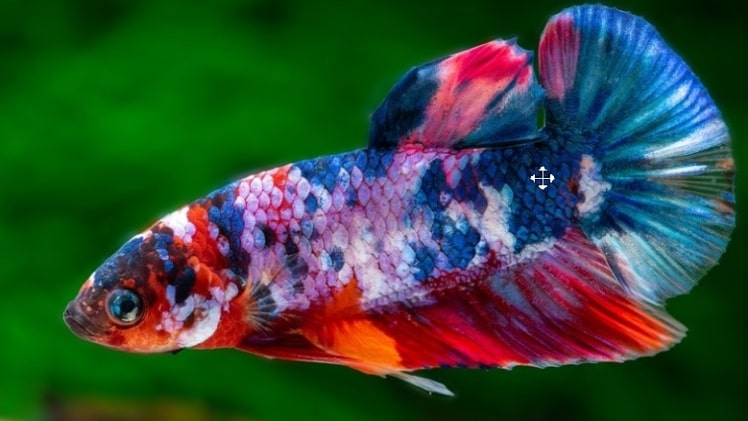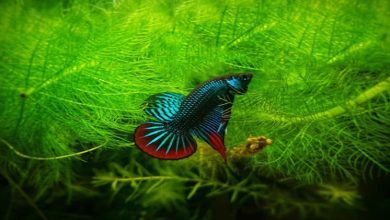The Multicolor Koi Betta What Makes A Multicolor Betta?

The multicolor koi betta fish is a rare color variation of the common betta fish. While it might not be a common sight, there are many of these fish in captivity. If you have been wondering what makes a multicolored betta or koi, then this article is for you! We’ll talk about the different types of color mutations and how to tell them apart so you can know whether your pet is regular or multicolored before taking it home.
What is a Multicolor Koi Betta?
The multicolored betta is a rare color variation of the common betta fish. This article will explain what makes a multicolor betta, its appearance, and the circumstances that lead to its development. A multicolor betta is a form of albino betta fish or a naturally occurring mutation that leads to a color mutation. Multicolors are a very rare occurrence and can be caused by several factors. The most common causes of multicolor bettas are albinism and base mutations, both of which can cause different types of multicolors.
Albinism occurs when an organism has an excess of pigmented tissue in the eyes, fins, and skin. This can lead to the development of a very pale color, with the skin and fins having a pink hue. Albinism is caused by a genetic mutation known as the melanotic gene. While multicolors occur due to albinism, the gene itself is also responsible for additional colors. Base mutations, on the other hand, are more common and are caused by spontaneous mutation. These mutations are often random and can create a wide variety of colors.
The appearance of a Multicolored Koi Betta
The appearance of a multicolored betta fish can be very similar to a regular betta fish. This means that you might not immediately know it is multicolor. You can tell that your pet is multicolor if it is a lighter color than the typical betta fish. You might also notice that it has a different pattern compared to a regular betta fish. If you notice anything that sets it apart, such as a different pattern or a different color, it’s more than likely multicolor. The multicolor betta can appear in a variety of different colors, including red, pink, orange, cream, blue, and green. The fish can also have a pattern that is different from a regular betta fish, such as having stripes or spots on the body.
Background of the Multicolor Koi Betta
Bettas are popular freshwater fish. They are often kept as a pet, but they can also be used to feed other fish or used in aquariums as ornamentals. They are not picky eaters, and they will eat just about anything that you give them, including pellets, flakes, vegetables, and fruits. Bettas are known for their personality. They are friendly and sociable, and they can make great additions to a community tank.
They are also very easy to care for, and they do not require a lot of maintenance. They are relatively low-maintenance fish. Although bettas come in a variety of colors, they are often referred to as just “white” or “colored” betta fish. This is because all betta fish have white skin and fins. If you are considering adding a betta to your collection, keep in mind that they are a relatively new addition to the freshwater aquarium hobby. They are relatively hardy, but they do require specific care to thrive. You should also note that they breed quite easily, so you will likely have to take care of more than one betta fish in your tank.
Based on Chromosomes of the Multicolored Kois
There are many different types of multicolored koi. If you have a normal betta fish, and it turns out to be a multicolor koi, there is no way to tell which type it is. That’s where the chromosome test comes in! You can use a sample of the betta’s DNA to find out which chromosome the multicolor koi is on. You can then use that information to determine the type of multicolor koi you have. There are five main types of multicolored koi: homozygous mutations, heterozygous mutations, homozygous normal, heterozygous normal, and tetraploidy.
Characteristics of a Supercoloration in the Body and fins
The main characteristics of a super coloration in the body are the contrasting dark vertical lines on the body. There may also be other colorful patterns on the fins of the fish, such as stripes or spots. Fins may have contrasting colors as well, for example, red fins with yellow fish and blue fins with orange fish. Some fins may be multicolored, such as blue with orange. The color of the spines on the body should not be a different color from the spines on the fins, and the body spines should not be a different color from the fins. All of these are important characteristics of a super coloration in the body and fins.


